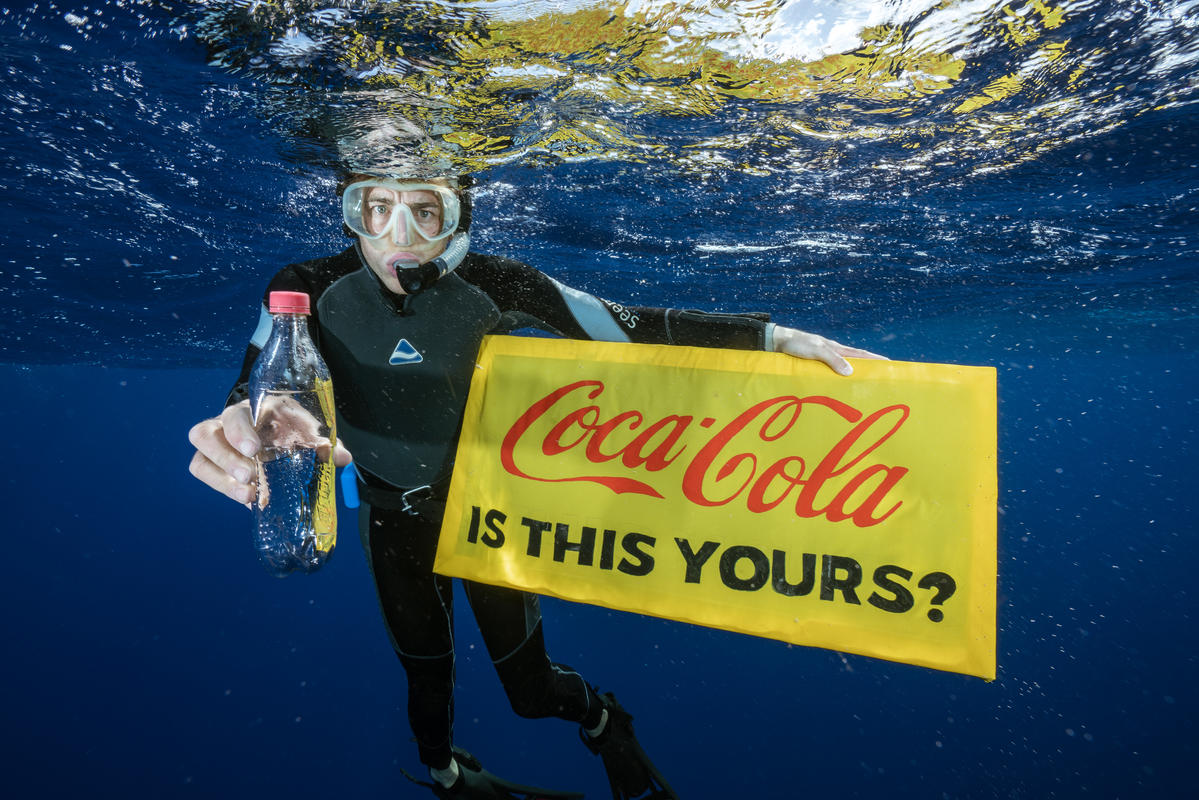Designing Away Plastic Pollution
Plastic pollution is a huge problem, especially when it comes to beverage containers like plastic bottles. 1 million plastic bottles are now sold per minute and have become symbolic of a disposable system that’s fueling an ecological and environmental crisis.
The good news is that there’s a ready-made system that can all but eliminate one of the biggest sources of plastic pollution.
‘Bottle deposits’ put a small financial deposit on a beverage container at the point of sale that’s returned when you bring back your bottle to the store. Deposits create the incentive and thereby the mechanism to drastically reduce leakage. When this is done the right way return rates exceed 90%.
But deposit systems don’t just reduce plastic pollution, they also reduce carbon emissions, reduce demand for new plastic and create green jobs — a shift towards the circular economy we need.
Deposit legislation could have a huge impact right away but the beverage industry and grocers — who combined are responsible for managing such programs — have been at the heart of resisting and weakening the legislation.
But…
1. I put my empty bottles and cans in the recycling bin. That’s good enough right?
Not exactly. Putting bottles and cans in the curbside recycling bin is certainly better than littering or tossing it in the trash. But when recyclables in the bin are jumbled together into large bales, the quality drops and instead of bottle-to-bottle recycling, the materials are more likely to get downcycled. Worse still, sometimes what we put in the recycling bin still has a high likelihood of ending up in a landfill, incinerator, or the environment. The national recycling rate for plastics is a measly 6%!
On the other hand, a bottle bill provides a clean stream of consistent materials to be used again for the next generation of bottles and cans, and paves the way for switching to reusable beverage containers.
2. I thought recycling wasn’t the answer?
That’s correct. Recycling alone will not get us out of this plastic and climate crisis.
But collecting and recycling packaging that’s prone to entering the environment and can be recycled must be done. A clean stream of like materials ensures a much higher recycling rate and reduces downcycling. That means that bottle bills are helping to reduce the demand for new plastic and other raw materials for the billions of beverage containers being manufactured per year. Most importantly, they set up the return infrastructure that can be used for refill systems – which is the ultimate goal!
It’s Time to Update New York’s Bottle Bill
Passed in 1982, New York’s Bottle Bill established the state’s container deposit system—New York’s most successful recycling program. But after more than 40 years, it desperately needs an update. Environmental groups, small business owners, and concerned community members across the state are rallying to pass a stronger Bottle Bill in 2025.
New York is facing a solid waste crisis. Municipal governments spend an estimated $400 million each year on curbside recycling, yet less than 20% of our waste is actually recycled. Meanwhile, most of the state’s landfills are reaching capacity.
A modernized Bottle Bill will:
- Increase redemption rates
- Reduce litter and plastic pollution
- Support vulnerable New Yorkers
- Protect local jobs and small businesses
In 2024, a legislative package to strengthen the Bottle Bill passed the State Senate and gained strong support in the State Assembly. The plan is backed by the Department of Environmental Conservation, which highlighted deposit reform in its 2023 Solid Waste Management Plan.
But heavy lobbying from the beverage industry blocked progress.
We can’t let corporate interests stand in the way of real solutions. With your help, we can pass this critical bill in 2025.

